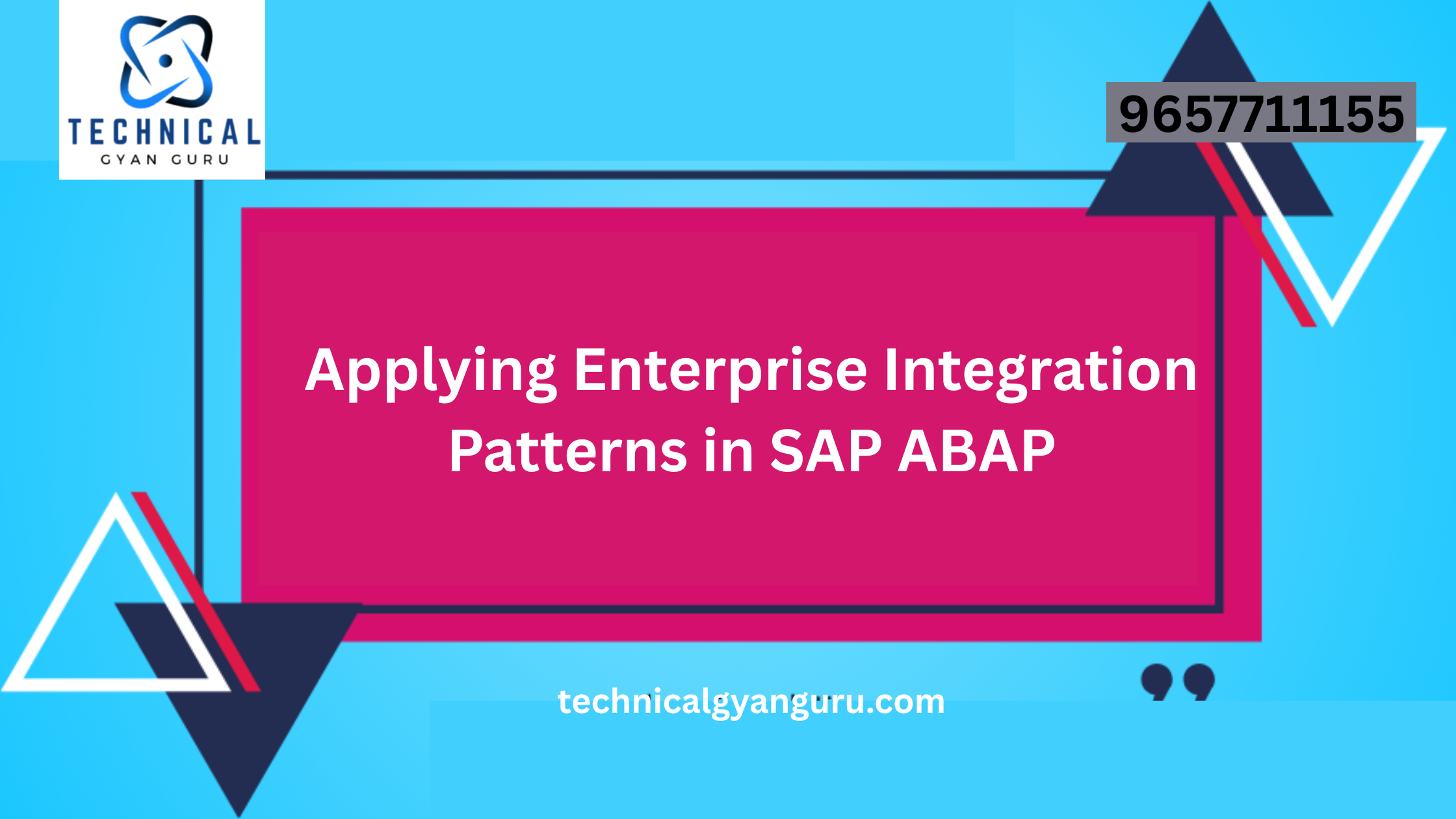Introduction:
External Views in ABAP for HANA: In the era of SAP HANA, where speed and efficiency are paramount, ABAP developers have been equipped with advanced tools to harness the capabilities of this in-memory database. One such feature is External Views in ABAP for HANA. In this blog post, we’ll delve into the concept of External Views, understanding their purpose, benefits, and how they enhance the development experience in the context of SAP HANA.
Understanding External Views in ABAP for HANA:
External Views in ABAP for HANA serve as a mechanism to integrate and leverage data residing outside of the ABAP environment. They provide a seamless way to incorporate data from remote sources into the ABAP data model, enabling developers to work with data beyond the traditional boundaries of the ABAP stack.
Key Characteristics of External Views:
- Remote Data Integration: External Views allow ABAP developers to include data from remote databases or external sources in their ABAP-based applications. This could be data from non-ABAP systems, external databases, or even cloud-based platforms.
- Virtual Data Modeling: Unlike traditional database views that store data physically, External Views are virtual. They provide a logical representation of data, allowing developers to define complex data structures without physically storing the data within the ABAP system.
- Data Independence: External Views contribute to data independence by enabling developers to access and manipulate data without being constrained by its physical location or storage. This abstraction layer enhances flexibility and supports a more modular and scalable architecture.
- HANA Optimized: External Views are designed to take full advantage of the capabilities of the SAP HANA database. They are optimized for performance and can benefit from HANA-specific features such as in-memory processing and parallelization.
Practical Usage of External Views:
- Federated Data Access: External Views facilitate federated data access by allowing developers to seamlessly integrate data from multiple sources into a single ABAP data model. This is particularly valuable in scenarios where relevant data is distributed across different systems.
- Real-time Reporting: Leveraging the power of SAP HANA, External Views support real-time reporting by providing a virtual layer that allows developers to define complex views on top of distributed data sources. This enables the generation of real-time insights without the need for extensive data replication.
- Data Virtualization: External Views contribute to data virtualization, allowing developers to work with data logically rather than worrying about its physical storage. This abstraction simplifies data management and supports a more agile development process.
Conclusion:
External Views in ABAP for HANA represent a paradigm shift in data integration and modeling. By providing a virtual layer that extends beyond the confines of the ABAP system, developers can create flexible and efficient data models that harness the full potential of SAP HANA. As organizations continue to embrace the benefits of in-memory computing, mastering the use of External Views will undoubtedly become a valuable skill for ABAP developers, opening new horizons for data integration and application development in the SAP landscape.







